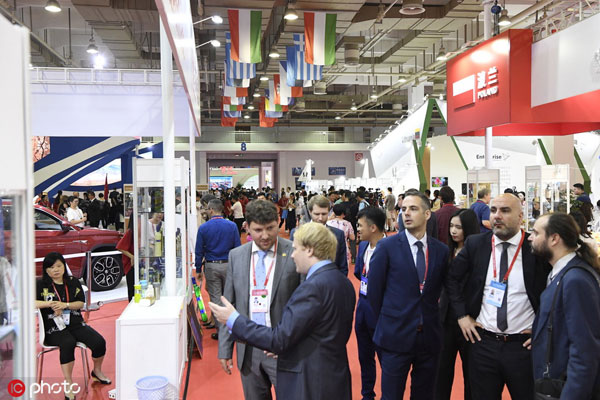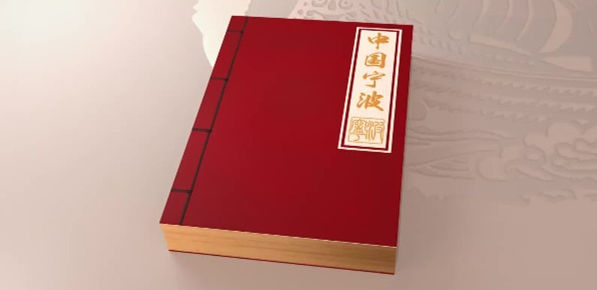Trade with BRI countries booms in Ningbo

Foreign traders and exhibitors engage in commercial discussions at the China-CEEC Expo held in Ningbo, Zhejiang province from June 6 to 8. [Photo/IC]
Ningbo in Zhejiang province witnessed a boom in its trade with countries and regions involved in the Belt and Road Initiative in the first five months of the year.
Statistics from Ningbo Customs showed that the city's trade with the ASEAN, its third largest trade partner, saw a year-on-year increase of 22.8 percent during the period, coming in at 38.13 billion yuan ($5.51 billion). Meanwhile its trade with the European Union, its top trade partner, increased by only 7.4 percent, to 73.98 billion yuan, and trade with the United States, its second largest partner, actually declined – by 8.6 percent, to 53.4 billion yuan.
In addition to ASEAN, the city's trade with Asian countries such as Japan and South Korea maintained stable growth, and trade with Russia and Brazil soared by 44.1 percent and 47.6 percent, respectively, thanks to a surge in oil and iron ore imports.
Riding the momentum from the China Central and Eastern European Countries Expo, or China-CEEC Expo – recently held in Ningbo – the city's trade with the CEEC group was also boosted.
In the first five months, Ningbo generated 11.07 billion yuan in trade with the CEEC, up 8.7 percent year-on-year. Top three trade partners were Poland, the Czech Republic and Slovenia, at 4.15 billion yuan, 1.01 billion yuan and 970 million yuan, respectively.
Trade with Greece, a newcomer to the China-CEEC cooperation circle, increased by 26.7 percent, to 920 million yuan.
Ningbo's foreign trade totaled 362.12 billion yuan from January to May, up 9.8 percent year-on-year. Imports grew by 8.5 percent to 131.8 billion yuan while exports grew by 10.5 percent to 230.32 billion yuan. The dynamic city realized a trade surplus of 98.52 billion yuan.
Officials said private companies remained the main driver, accounting for 66 percent of the city's total foreign trade during the period. Private businesses and foreign-invested enterprises together contributed 91.6 percent to the city's foreign trade.
In terms of products, the city's export of mechanical and electrical products grew by 10.6 percent to 128.7 billion yuan, while imports of bulk commodities saw a significant rise, such as oil and plastic imports which increased by 43.1 percent to 2.45 million metric tons and 1.9 times to 1.46 million tons, respectively.



 Print
Print Mail
Mail
